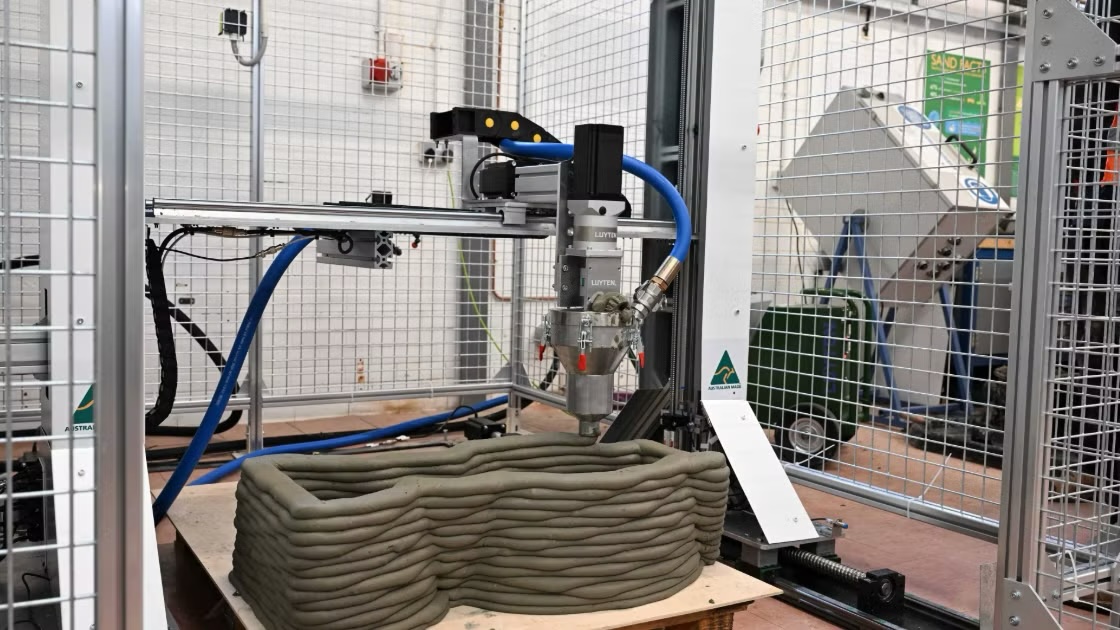Northumbria University has received a Marie Skłodowska-Curie Actions (MSCA) Fellowship worth over a quarter million euros to research low-carbon, 3D-printed construction materials. The project will be led by Dr. Keerthan Poologanathan alongside other engineering faculty members, with postdoctoral researcher Dr. Jyotirmoy Mishra joining the team. Their work will focus on developing geopolymer-based construction materials using agricultural and industrial waste to reduce environmental impact.

The research aims to create 3D printable geopolymer mortars that use alternative alkaline activators derived from waste products. These materials would replace Portland cement, which is carbon-intensive and commonly used in 3D-printed construction today. The team will examine various properties of these materials including setting time, workability, strength, and long-term durability.
Dr. Mishra stated: “I am truly honoured to receive the Marie Skłodowska-Curie Postdoctoral Fellowship and to join Northumbria’s world-class Associate Professor Keerthan Poologanathan and his research team. This project allows me to contribute to cutting-edge innovation in sustainable construction by integrating material science, structural engineering, and digital manufacturing.”
Dr. Poologanathan commented on the significance of the research: “The MSCA Fellowship is a recognition of the Northumbria’s research excellence and reinforces our position as a hub for advanced, interdisciplinary work in sustainable engineering. 3D-printed concrete is the future of sustainable construction – this research will help to reduce carbon emissions, cut material costs, and minimise waste, while improving the strength and durability of modern infrastructure.”
The project builds on Northumbria’s existing work in civil and structural engineering. Last year, the university enhanced its capabilities by installing new 3D construction printing technology through partnerships with manufacturer Luyten 3D and sustainable technology company ChangeMaker 3D. This equipment is housed in Northumbria’s Structures Laboratory.
Source: newsroom.northumbria.ac.uk

